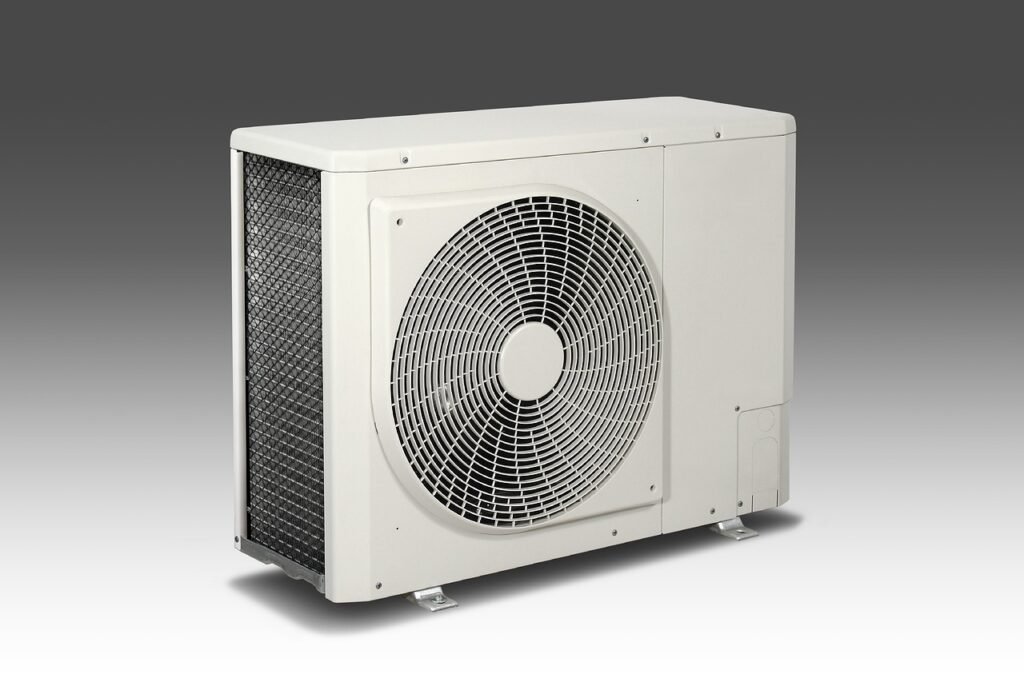
Introduction
The integration of technology into home design has revolutionized the way we live, making our homes more convenient, energy-efficient, and secure. The rise of smart homes and innovative tech solutions is changing the landscape of interior design, creating opportunities for designers to blend functionality with aesthetics seamlessly. This article explores how home designers can incorporate technology into their projects to enhance living experiences while maintaining a stylish and cohesive look.
Smart Home Systems
Smart home systems are at the forefront of this technological evolution. These systems enable homeowners to control various aspects of their home, such as lighting, security, and climate, from a single device or smartphone. The benefits of home automation are manifold: increased security through smart locks and security cameras, energy savings through programmable thermostats and smart lighting, and enhanced convenience with voice-activated assistants.
Home Design Integration
Integrating technology into home design requires thoughtful planning to ensure that tech elements complement the decor rather than detract from it. One approach is to build technology into the architecture of the home. For example, built-in speakers and charging stations can be seamlessly incorporated into furniture and walls, keeping gadgets out of sight while maintaining easy access.
Hidden tech solutions are particularly appealing in modern design. Items like motorized window shades, smart lighting that adjusts based on natural light, and even kitchen appliances that blend into cabinetry can provide a sleek, uncluttered look. Designers should consider how to incorporate these elements without compromising the overall aesthetic of the space.
Innovative Tech Solutions
Beyond basic smart home systems, there are numerous innovative tech solutions available to designers. Virtual reality (VR) is an emerging tool that allows designers to create immersive 3D models of their projects. This technology can help clients visualize the final result and make more informed decisions about layout, color schemes, and furnishings.
Smart furniture is another exciting development. Items like coffee tables with built-in wireless charging, beds with integrated speakers and lighting, and sofas with USB ports push the boundaries of traditional furniture design. These pieces offer convenience and functionality while adding a modern touch to interiors.
Challenges and Considerations
While incorporating technology into home design offers many benefits, it also presents certain challenges. It is essential to balance aesthetics with functionality, ensuring that tech integration does not dominate the design. Designers must also consider the potential for technological obsolescence and plan for future upgrades to keep the home aligned with the latest advancements.
Maintaining a cohesive look is crucial. Tech elements should blend seamlessly with the overall design theme, whether that be modern, traditional, or eclectic. Ensuring that these elements are not overly intrusive will help create a harmonious and visually appealing environment.
Conclusion
Technology has become a vital component of modern home design, offering endless possibilities for innovation and enhancement. By thoughtfully integrating smart home systems, hidden tech solutions, and innovative furniture, designers can create homes that are not only beautiful but also supremely functional and convenient. Embracing technology in design projects can significantly elevate the living experience, making homes more comfortable, efficient, and stylish. Encouraging clients to explore and adopt these technological advancements will position designers at the cutting edge of the industry.